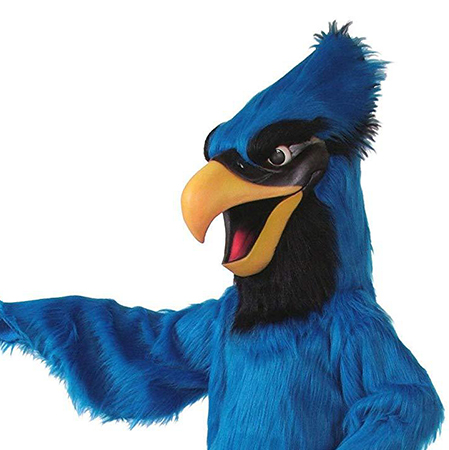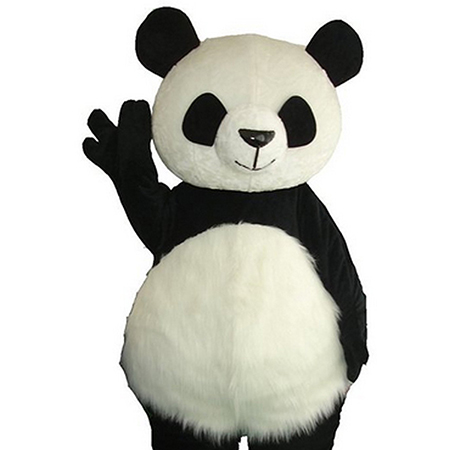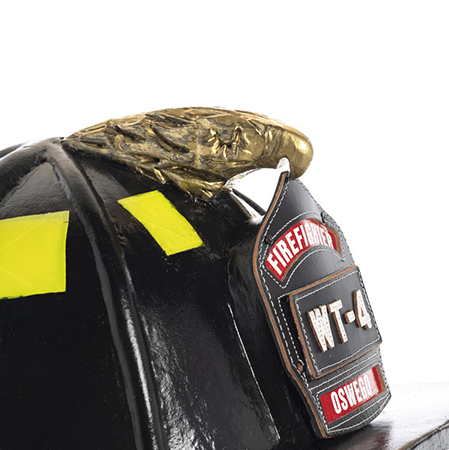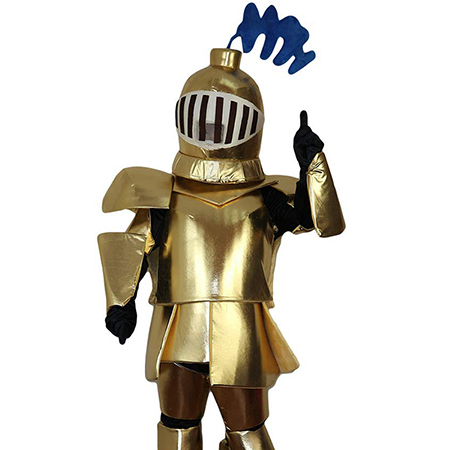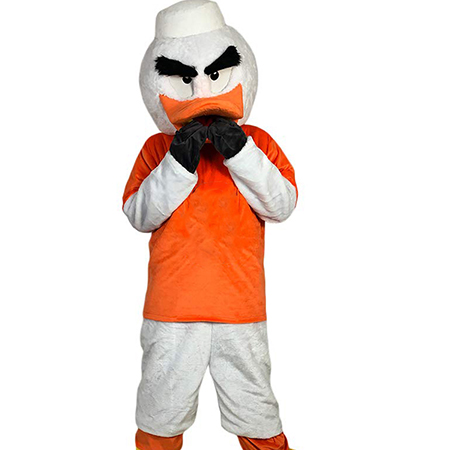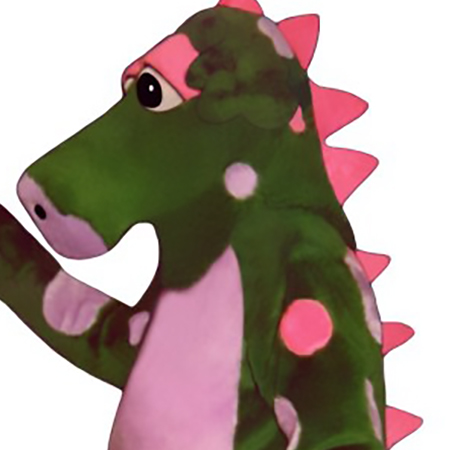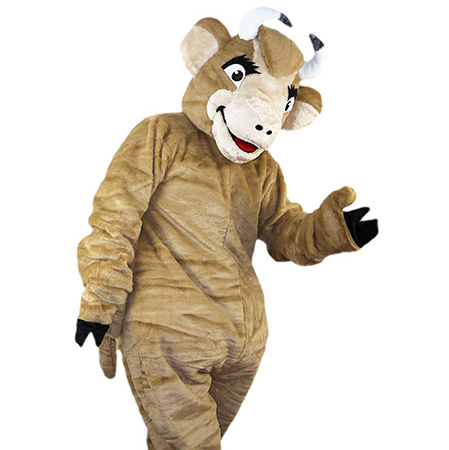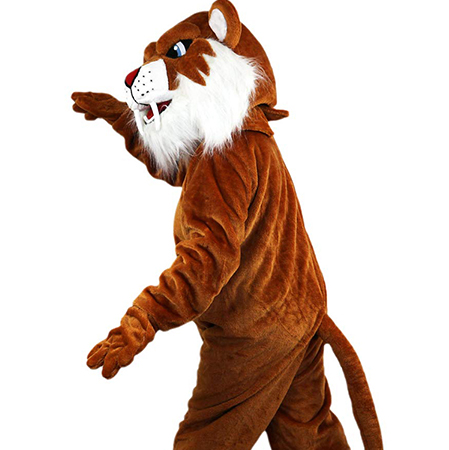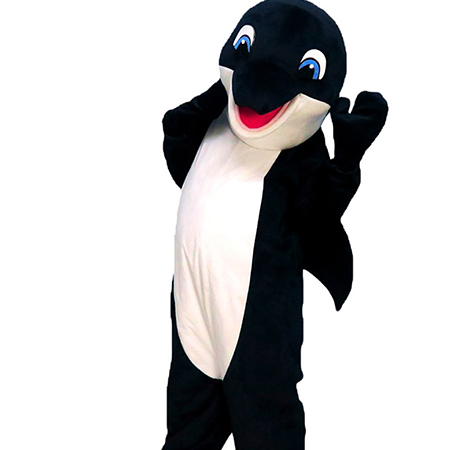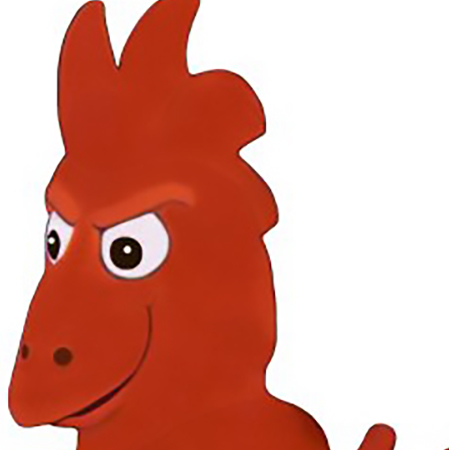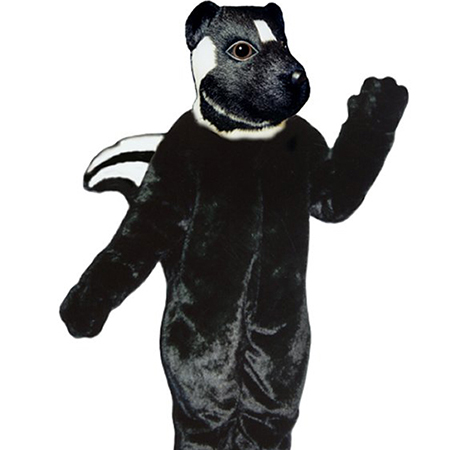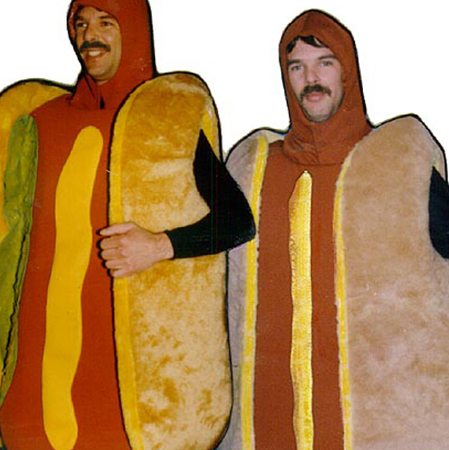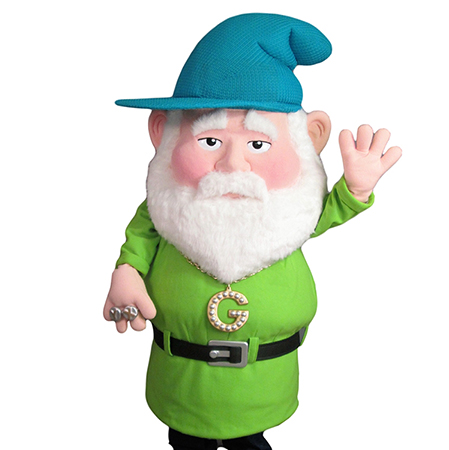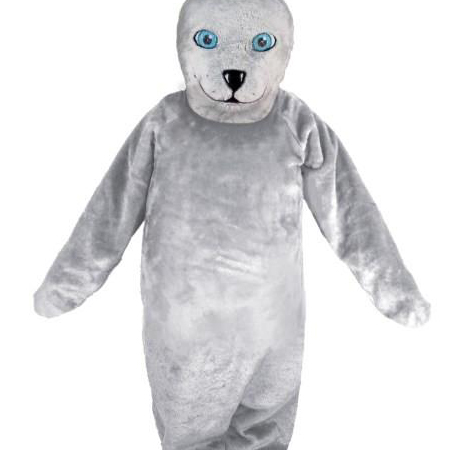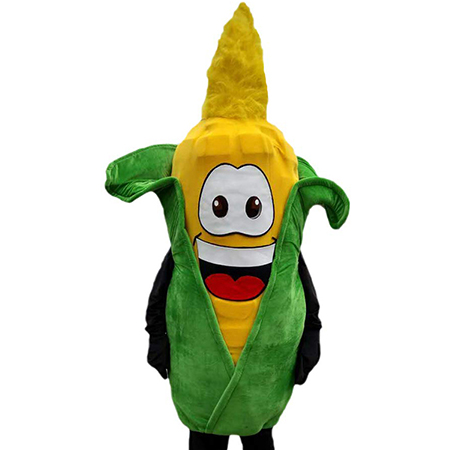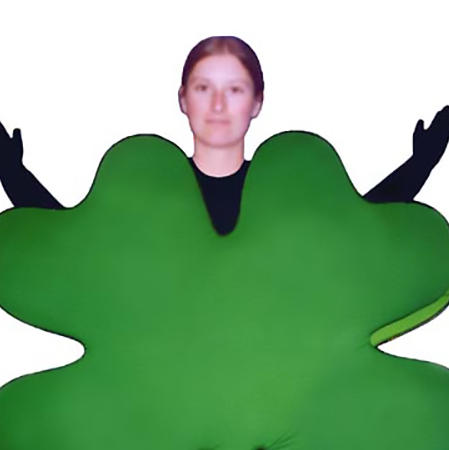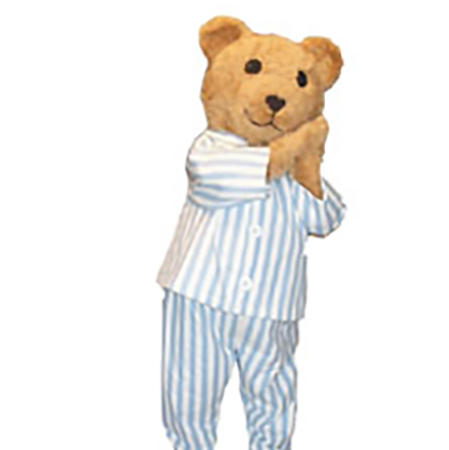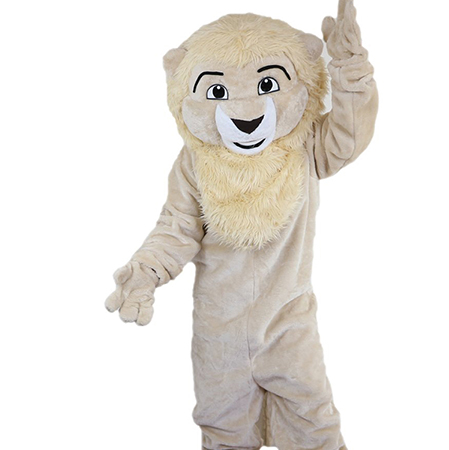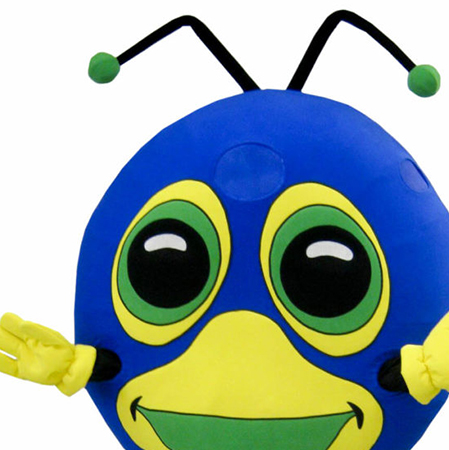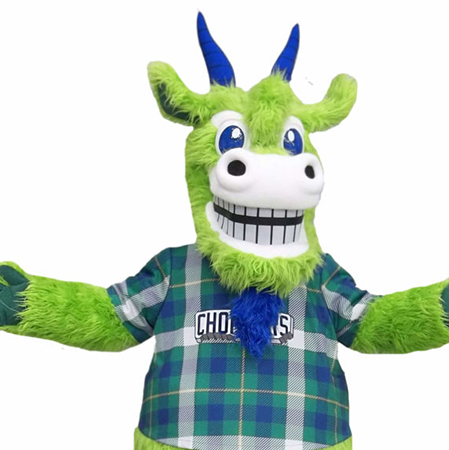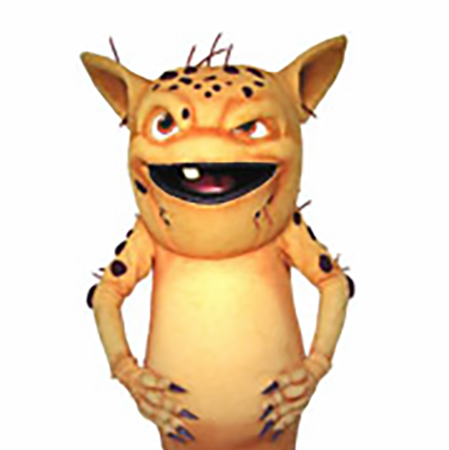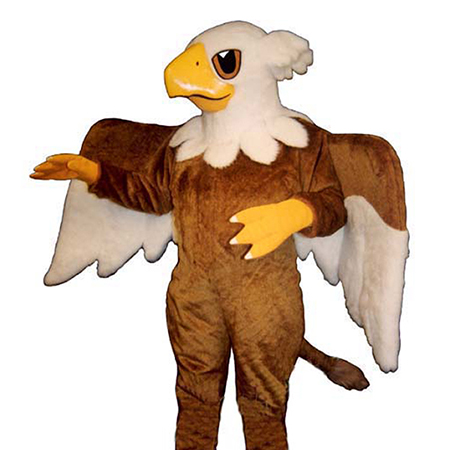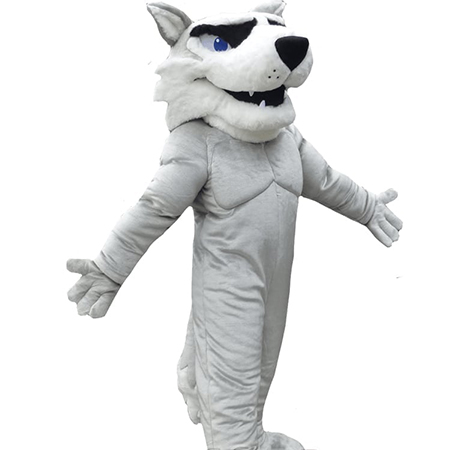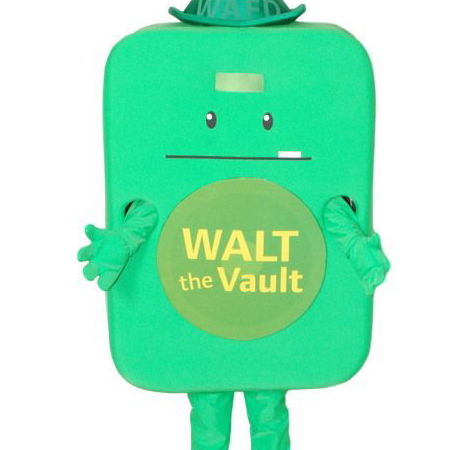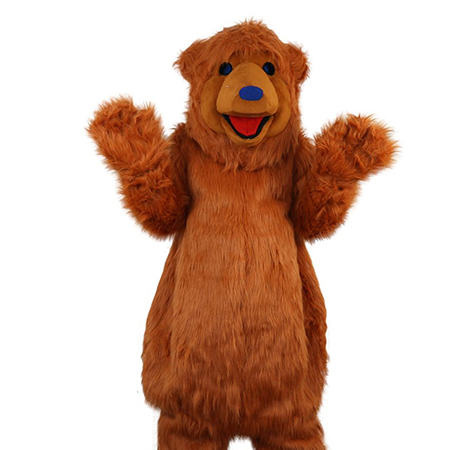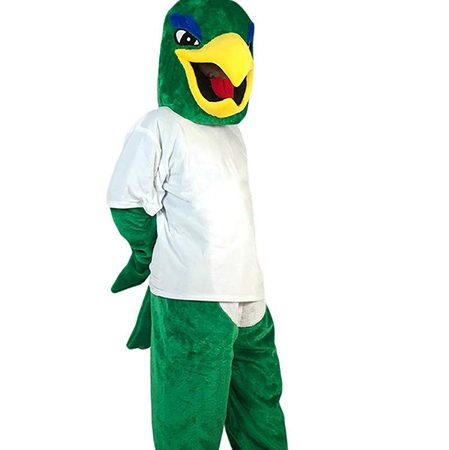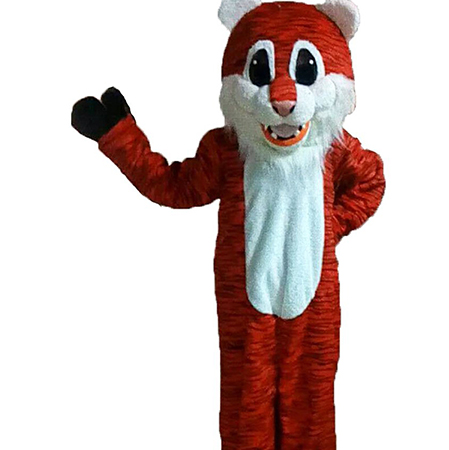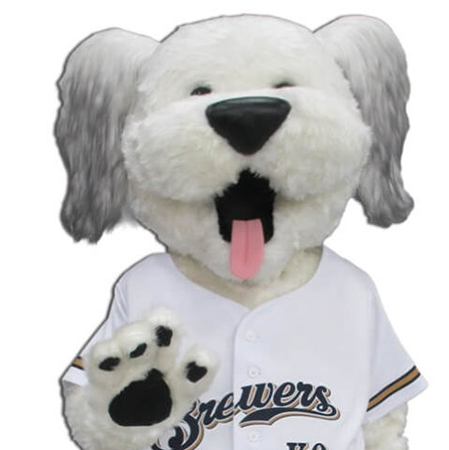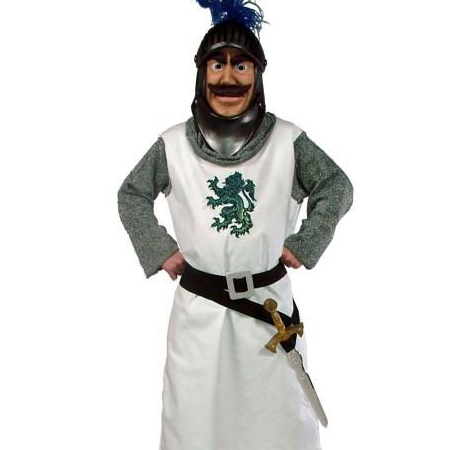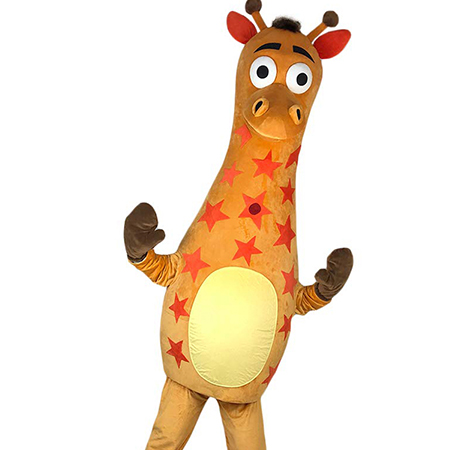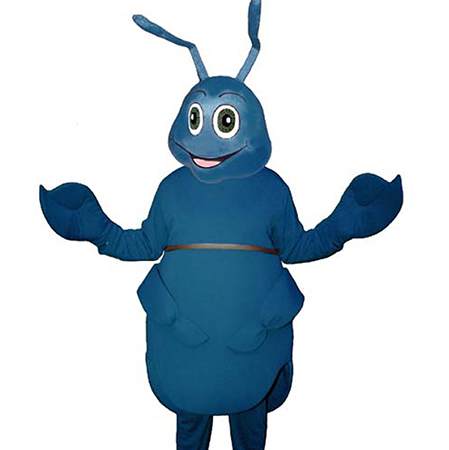Learning can often feel like a daunting task, but integrating fun elements into the educational experience can make it more engaging. One such element is the use of mascot costumes. Specifically, a bear mascot costume can be a powerful tool to captivate students’ attention and enhance their learning process. Here are some ways you can make learning fun using a bear mascot costume:
Interactive Storytelling
Children love stories, and what better way to tell one than through an interactive character? Dress up as a friendly bear mascot costume and take the kids on an imaginary adventure. Create a narrative that involves problem-solving tasks or educational lessons disguised within the storyline. Whether it’s teaching about animal habitats or historical events, your bear mascot can bring these topics to life.
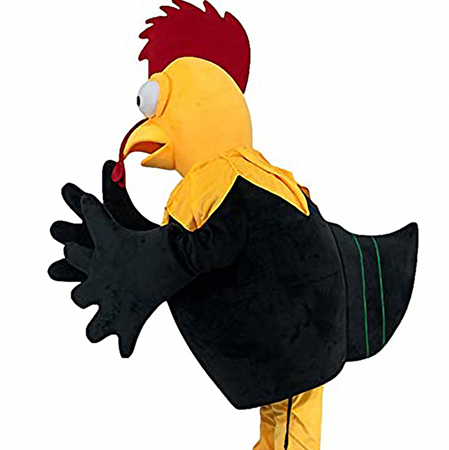
Educational Games
Transform classroom activities into entertaining games. For instance, the bear mascot can lead a scavenger hunt where students look for clues related to a specific lesson. Alternatively, the bear can organize quizzes or trivia contests, rewarding points for correct answers and providing instant feedback. The playful demeanor of the bear mascot will make the competitive edge much less intimidating for students.
Creative Role-Playing
Role-playing is an effective method to foster empathy and understanding. With a bear mascot costume, create scenarios where students need to engage with the bear character, perhaps as part of a conservation mission or a survival story. This encourages students to think from different perspectives and apply their knowledge creatively.
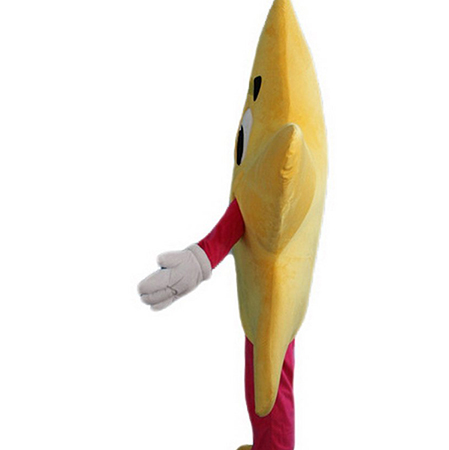
Motivational Moments
Rewards and recognition are key motivators. Use the bear mascot to surprise students with praise and certificates for their achievements. A simple act like a high-five or a bear hug (figuratively) from the mascot can boost morale and encourage continued effort from the students.
Encouraging Participation
Some students may feel hesitant to participate in class activities due to shyness or fear of judgment. A bear mascot costume acts as a neutral entity, making students feel more comfortable and eager to contribute. The novelty of interacting with a bear mascot can break down barriers and promote a more inclusive classroom environment.
Visual Aids and Props
Teaching certain subjects, like biology or environmental science, becomes more tangible when paired with visual aids. Your bear mascot costume can be used alongside charts, models, or even digital presentations to illustrate complex concepts. The dual visual and auditory stimulation will help reinforce the material being taught.
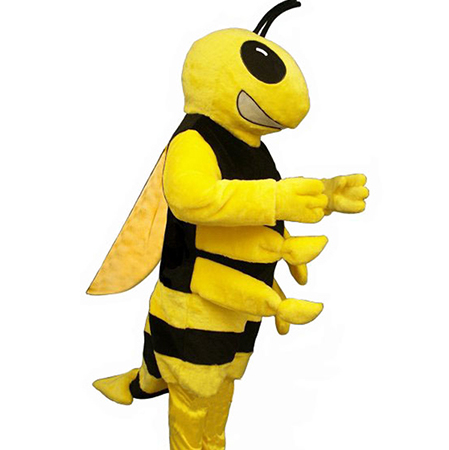
Physical Activity Integration
Incorporate physical activities into learning by having the bear mascot lead exercises or dance routines that relate to the lesson at hand. For example, if the topic is about fitness and health, organize a fun exercise session or a dance-off featuring the bear mascot. This not only breaks the monotony but also promotes physical well-being among students.
Conclusion
Introducing a bear mascot costume into the learning environment is a surefire way to make education enjoyable and interactive. From storytelling and role-playing to motivational moments and physical activities, the possibilities are endless. By transforming the classroom into a lively space where learning is synonymous with fun, educators can create memorable experiences that inspire curiosity and enthusiasm in their students.


